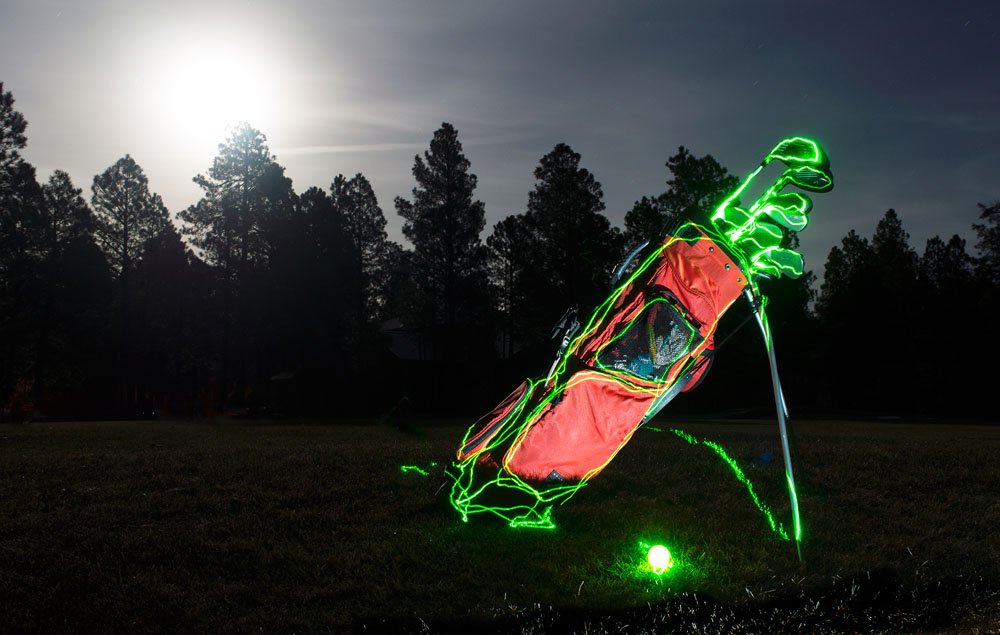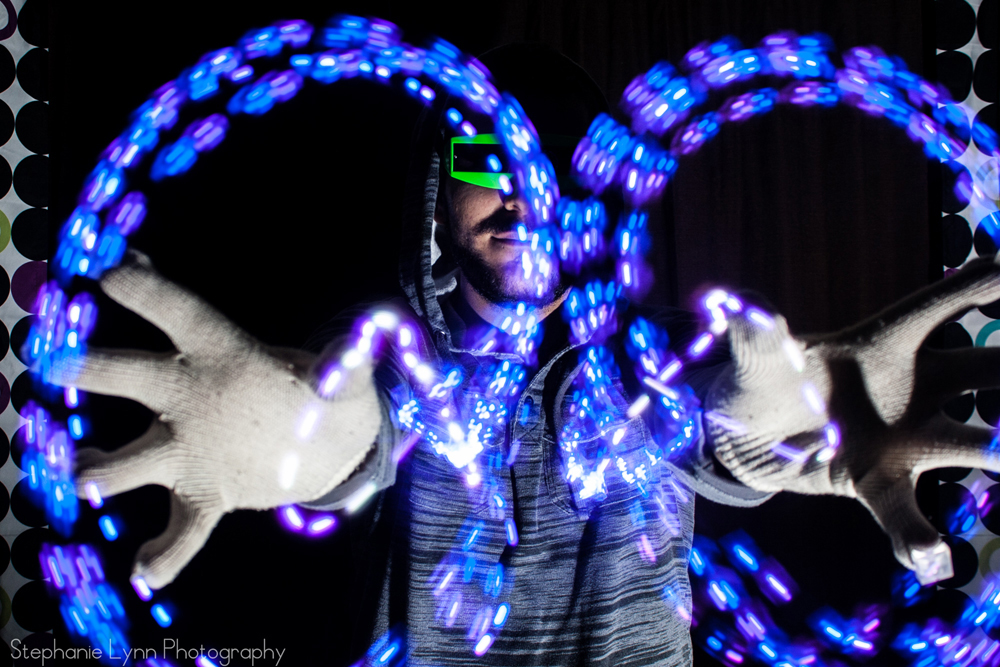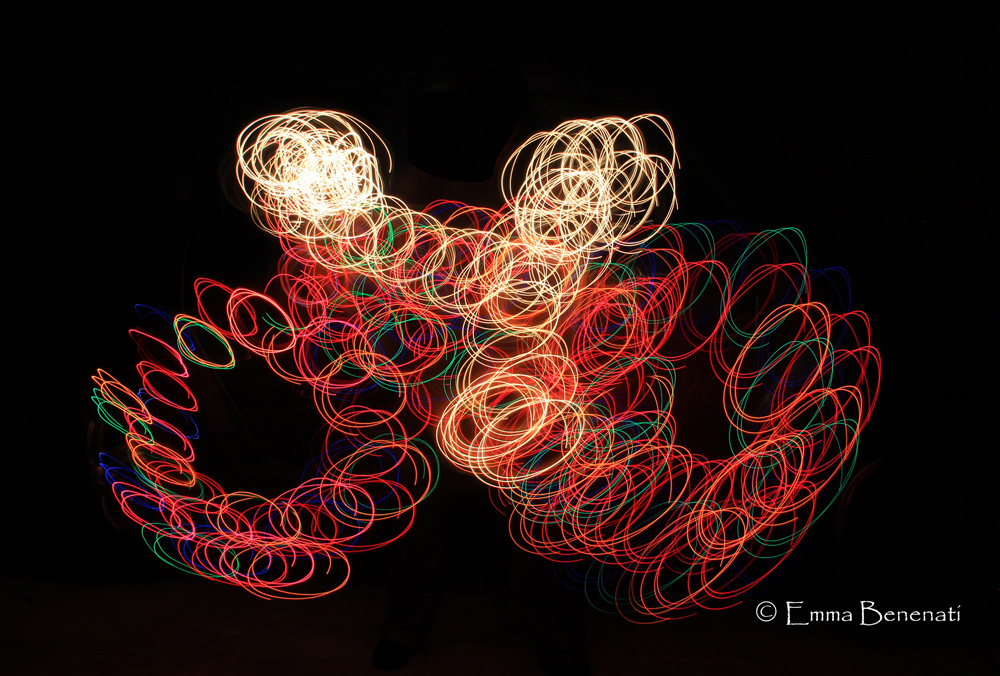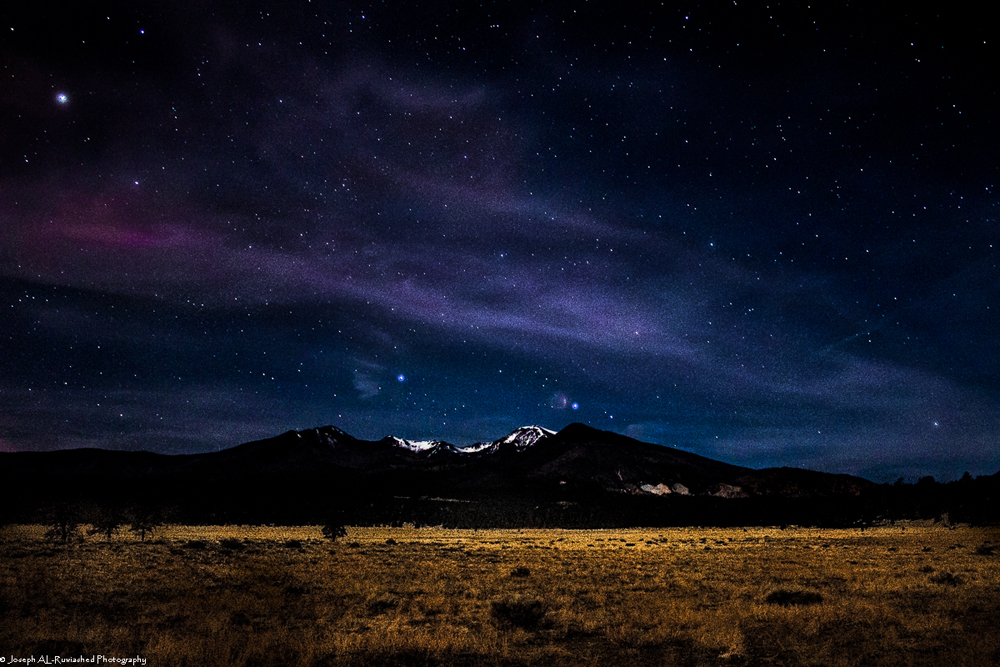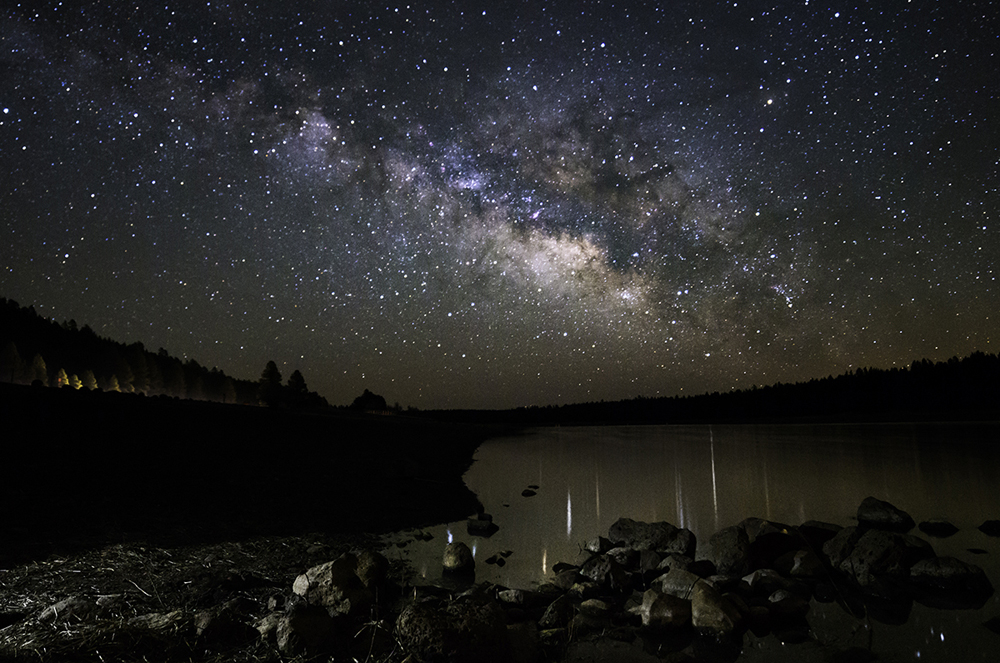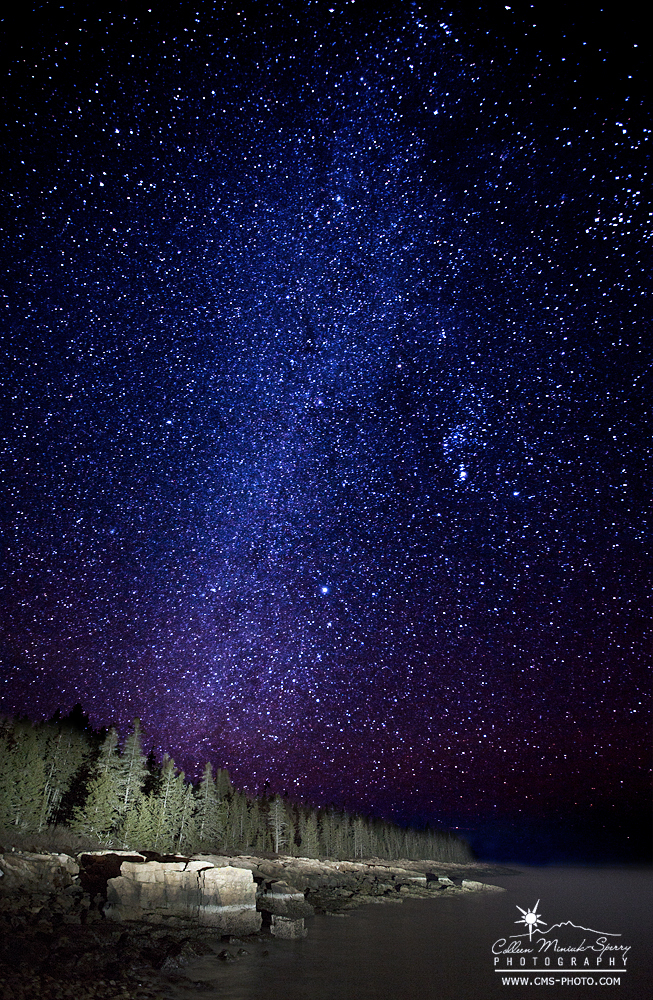
“The Night Conceals and Reveals” || A faint winter Milky Way appears above the illuminated shoreline (painted with a flashlight affectionately referred to as “Big Bertha”) along the western side of the Schoodic Peninsula, Acadia National Park, Maine, USA (Prints available – click on photo to order yours!)
The setting sun unfurls a silky sheet of sparkling black satin across the evening sky. Within the opaque darkness, my rental car’s headlights illuminate slivers of Acadia National Park’s Schoodic Peninsula’s pristine landscape. Though momentarily blind to its beauty due to my late arrival from Arizona, I distinctly know what I am missing. Over countless visits—thanks to serving three stints as an Acadia Artist-in-Residence, leading numerous photography workshops, and enjoying personal time—since November 2009, I have come to know these surroundings as well as a doting mother knows her own child.
I pull off at the paved pullout immediately to the south of the historic bridge over Mosquito Harbor and step anxiously into the moonless night. I peacefully close my eyes (though it makes no difference) and quietly eavesdrop on nature’s concealed conversations. The air instantly fills with familiarity. Andante splashes against the granite shoreline sing of a flooding incoming high tide. The crackling crunch beneath my feet suggest seagulls eagerly dropped mussels like bombs against the asphalt to break open their tasty treat earlier in the day. The gentle breeze reveals a salty scent of fresh life precariously balanced with musty death on the delicate knifelike edge of land and sea.
I return to my vehicle to continue reuniting with old friends. Along the way, I wave to the granite outcroppings shaped like cupcakes and now isolated by the high waters. I wink at the Winter Harbor Lighthouse and think to myself, “We have so many stories to catch up on.” I slow my speed while passing by my favorite winter photography spot, West Pond Cove. I hear the waves slurping against the rocky coast. I grin deviously and declare, “Just wait until you ice over. I have big plans for you, me, and my camera then.”
After I park in the vacant lot at Schoodic Point and turn my headlamp on, I excitedly bolt to the boulders frosted with winter’s thin icing. Despite being bundled in all the warm clothes I own, I still shiver, sending the warm desert blood pulsing through my veins to my chilled fingers and toes. With a fervent tingle in my gut, I knock at the wind and announce gregariously, “It’s me! I’m back!”
Wasting no time, Poseidon answers, emerging from the sea as majestically as the rising moon breaks free from the low-lying clouds hugging the horizon. Ignoring the unyielding granite cliffs separating me from his ocean home, his soft fingers curl around the rocks and tickle my soul, spinning me in a joyous pirouette. We waltz together for a few minutes, and though the hushed music never stops playing, I pause to offer an overly dramatic balletic bow in reverence.
Then the silence speaks the words a long-lost lover longs to hear: “Welcome home. I’ve missed you.”

